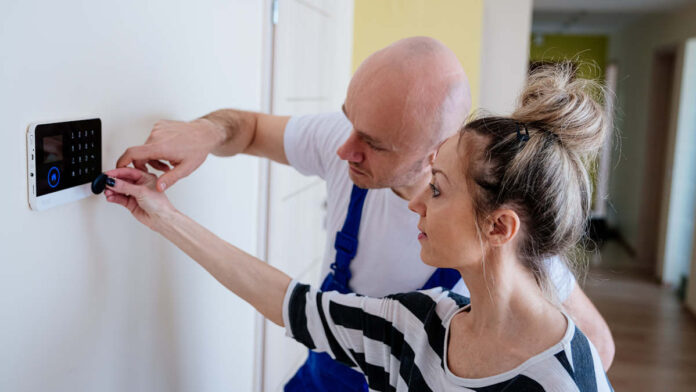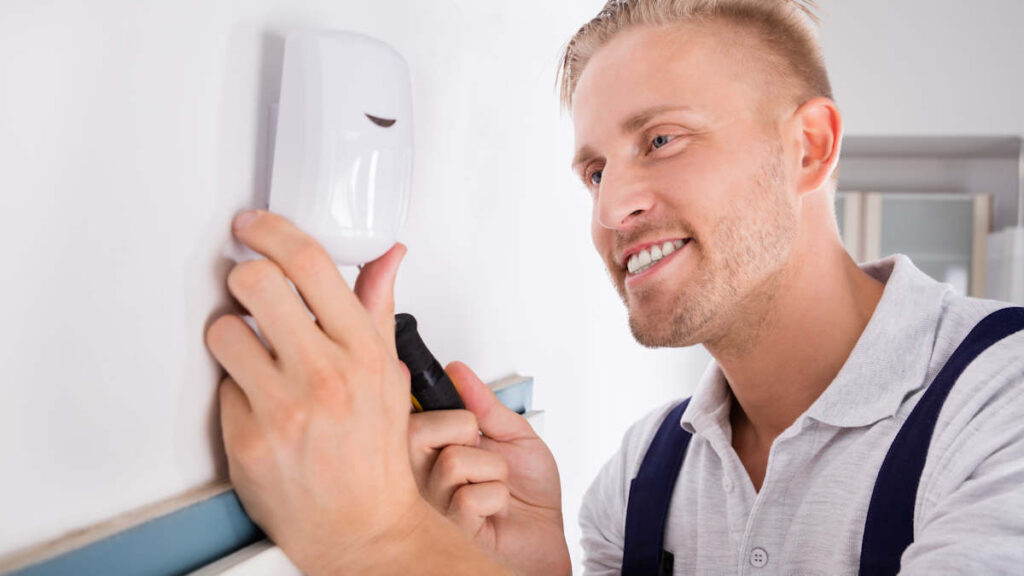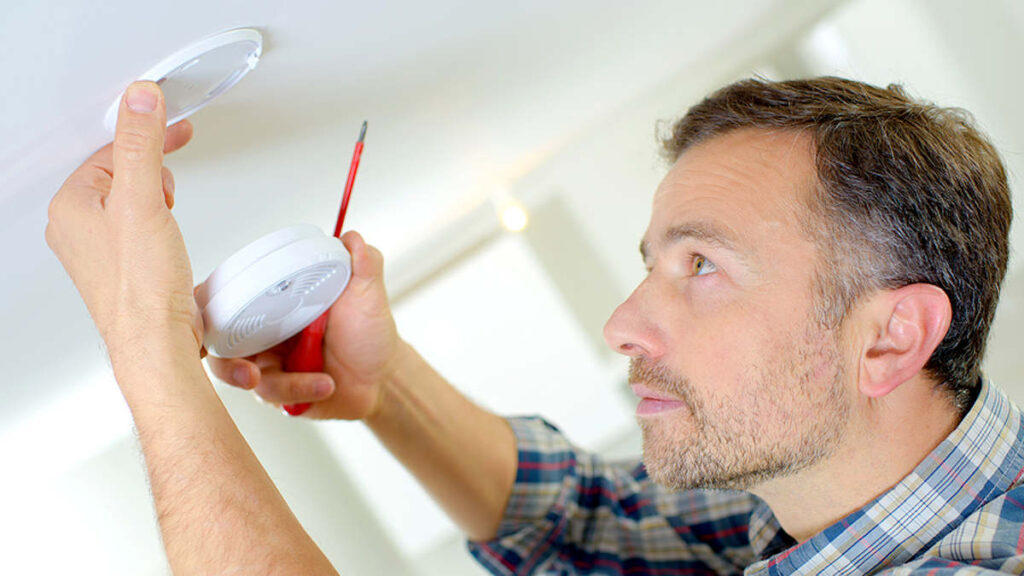What Are The Best Fastenings For Alarm Sensors In SEN’s Opinion?
What Are The Best Fastenings For Alarm Sensors – In SEN’s opinion, what are the best fastenings for alarm sensors?
An issue we face is that often sensors are not perfectly located after initial installation. Further, their mounts and mounting points often don’t allow the flexibility required by an application, requiring inventiveness to get coverage of the target area.
We often see cameras mounted oddly and ridiculed on B2B social media but there’s no point pretending there aren’t instances in which creative mounting of detection devices is not essential – whether these be internal or external.
This happens to us in external applications with limited mounting options, as well as in applications in which a homeowner refuses to allow us to drill into a particular section of timber or wall. It’s also an issue in heritage buildings.
We sometimes find ourselves using all sorts of fastening devices and methods, some of which are not best practice, just to get the coverage we need and to avoid false alarm triggers while preserving structures.
While we are griping, the quality of fixings is increasingly low, often lightweight devices come with enormous fastenings, are rarely flush head when they need to be, leading to over tightening. Device knockouts are often not pre-drilled – you’re drilling holes into sensor housings and sensor mounts in the field in a way that can never as perfect as the manufacturer’s built specification would be.
We also find screw heads burr more easily and cheap bolt heads and nuts are not squared off correctly but come rounded from the fabricator. What’s SEN’s opinion on this. Is there an issue with cost reduction impacting on fastening function for installers?
A: We get what you’re saying here. We agree that using your own fastenings and techniques is likely to deliver the best results to field-experienced techs. And we agree, too, that in some applications you need a mounting point that simply doesn’t exist.
Whether that ends up being the trunk of a tree, or a random fence post, the bracket of a convenient light, or whatever else allows full coverage, stability, and some weather protection, is a matter for your technicians.
We tend to think part of the issue you’re raising emerges from wireless devices that are endlessly flexible in terms of being installed hundreds of metres from a hub in any direction. With powered devices, the rules of location are governed by the rules of power supply and the challenges and cost of hardwiring. It’s not the same when you have 2000 metres lines of sight – or more realistically, 200 metres of strong wireless connectivity – in any direction in any conditions.
When it comes to ‘best fastenings’ we’d be thinking the fastenings best suited to the application over a sensor’s life. If the application is impacted by moisture but is mounted on inert substrates, then stainless or galvanised fixings should be highly rated.
If the substrate is also metal, things get more complex. You might need to separate metal surfaces with plastic washers to avoid galvanic corrosion between more and less noble metals, such as aluminium and stainless steel. You might also choose to install a piece of timber as a mounting pad but that timber will need to be maintained or replaced.
In small business and residential applications, the challenges aren’t as pronounced. Installing heavy devices on internal plasterboard or lathe and plaster walls can be challenging, but these issues should be easy enough to manage with anchors or by drilling deep pilot holes into underlying lathing.
In our opinion, the key with plasterboard is drilling slightly larger pilots than you might for timber and applying minimal torque while fixing – that means using hand tools. We’re torn when it comes to using plugs in plasterboard for lightweight devices. Plugs are usually only needed if the fastening process has been muffed and you need a second go at an oversized pilot. At this point anchor fastenings are a better option.
When installing soft metal screws with heads that burr easily, use a slightly oversized driver and make a slightly oversized pilot hole. With nuts and bolts we favour socket wrenches and box wrenches. Make sure you use the correct sizes or you’ll round the bolt or nut facets. Shifting spanners are the work of Satan, in our opinion. After every movement, the wrench will need adjusting. If you’re forced to use a shifter, never over-tighten.
When it comes to locating devices flexibly during the commissioning process, we’ve used all sorts of fun things, including Blu-Tak and double-sided tape. But for the long term, screwing fixings into stable, inert materials – wood or masonry – is most reliable over extended periods of time.
We agree with your point about drilling fixing holes in brackets and device housings. When drilling non existent or in-filled ‘knock-outs’ use a bench drill and clamps. Better to do this during pre-commissioning than to make a hash of it half way up a ladder.
If you think the fastenings you’re buying are low quality metals that will rapidly degrade, complain to suppliers but buy your own higher quality coated fastenings in the meantime. Another alternative is to coat cheap fixings with a zinc-based lacquer. It’s not a perfect solution but it will make a big difference to lifespan.
It goes without saying that a single call-out could cost the value of every fastening in a system. The more rugged the environment, the more important your fastening choices will be.
You can discover quality stainless fastenings for high security applications here or read more SEN news here.
“What Are The Best Fastenings For Alarm Sensors In SEN’s Opinion?”













